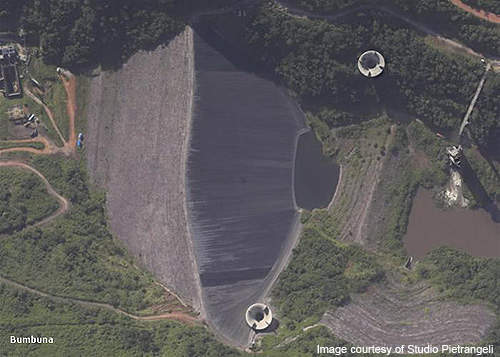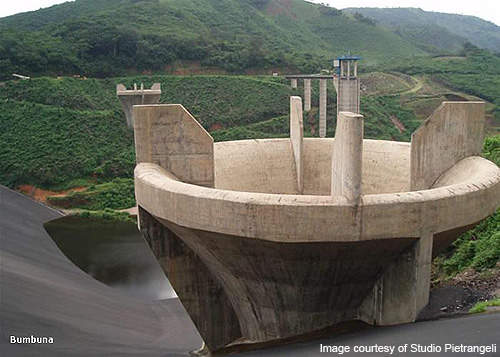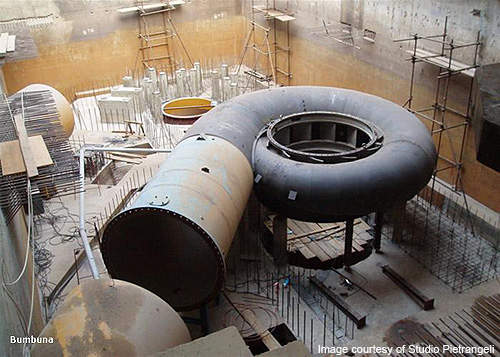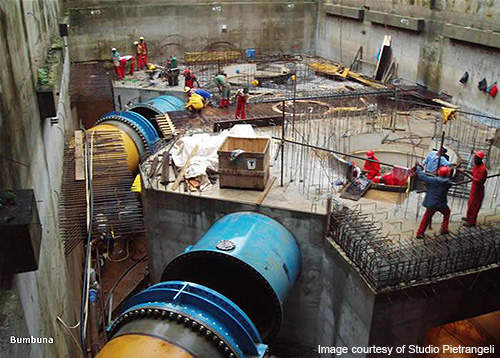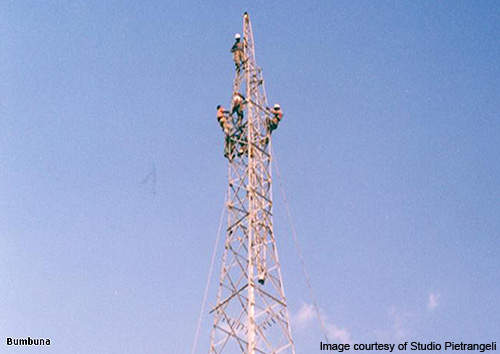The 50MW Bumbuna hydroelectric power plant is located on the Seli river in the Tonkolili district of Sierra Leone, West Africa. The first phase of the project was completed and commissioned in November 2009. It was launched to provide a consistent, inexpensive and clean source of energy for the region. The plant was built with an investment of $327m.
In May 2011, the government of Sierra Leone signed an agreement with US-based Joule Africa to undertake the plant’s second phase development. The second phase will increase the plant’s capacity to 400MW and help meet the growing electricity needs of the region. The project will require an investment of $750m. It is expected to be completed by 2017.
Bumbuna plant history
Construction of the first phase of the plant was started in 1975. About 85% of the project was completed by May 1997 when work was suspended as civil war broke out in the region. Construction was restarted in 2005 and was completed in 2009. The Italian cooperation and development bureau was responsible for the construction of the plant.
In spite of having a design capacity of 50MW, the plant is producing only 35MW of power since its commissioning. Insufficient water supply to the Bumbuna dam and technical problems have contributed to low production.
Project phases
The first phase of the project includes the Bumbuna dam, a surface power house, a 50MW powerhouse at the foot of the dam, transmission lines and two substations at Bumbuna and Freetown. A 200km 161kV transmission line transmits electricity from the plant.
The Bumbuna dam is 88m high and 400m long. Two tunnels run on the right and left side of the dam. The left tunnel is used as the primary spillway while the right tunnel functions as the power tunnel and auxiliary spillway. The intake for the right tunnel is a 93m concrete tower with a diameter of 7.5m.
The surface power station contains the machine hall which houses all the equipment including the draft tubes, penstocks and inlet valves. The powerhouse consists of two Francis turbines rated at 25MW each. The turbines are connected to vertical shaft synchronous generators.
The second phase of the project will include the construction of a second reservoir to ensure water supply to the turbines during the dry season.
Financing
The African Development Bank (ADB) provided $103m for the project. ADB became part of the project in 1989 and approved the initial loan in 1990. Although the project was suspended due to civil war, ADB continued to remain part of the project until its commissioning.
The second phase of the plant is expected to cost $750m, 75% of which will be financed by debt and the rest by equity.
Second phase development
The state-owned national power authority has not been able to meet the growing demand for power due to industrialisation. Electricity supply, in fact, is the lowest in the country at 100MW. Commissioning of the Bumbuna power plant has not helped in meeting this rising demand.
The only other source of power is a thermal power station whose output has been declining since 2002. The thermal station supplies 27MW of electricity to Freetown, where demand is close to 34MW. Companies and individuals are currently meeting their energy requirements through standby generators which are costly to operate.
The second phase of Bumbuna development is expected to resolve these issues. It is also expected to help in improving the overall quality of life in the region by providing power to more than one million people in Freetown, Bumbuna, Makeni and Lunsar.
The government is expected to conduct detailed feasibility studies to avoid the problems plaguing the first phase of the power plant. The second phase is expected to provide year-round supply of power to the region and also attract commercial and industrial investments.

